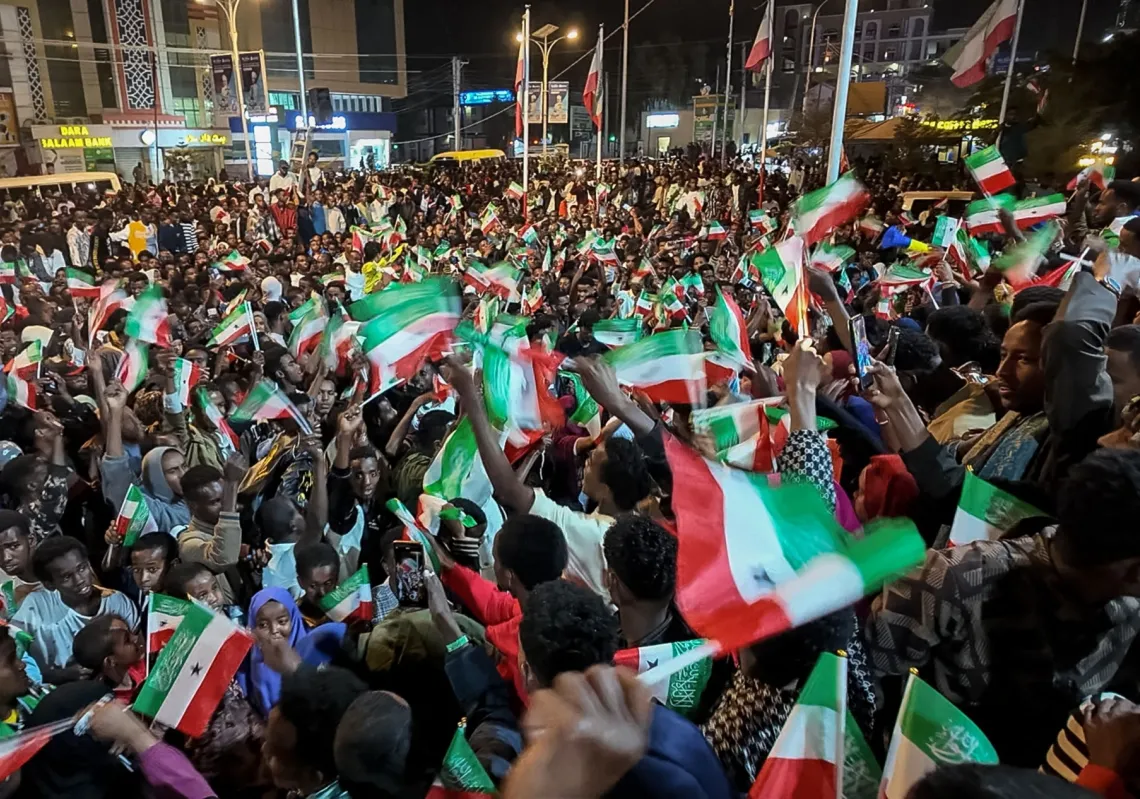“If you look at Russia today, military production goes up, and consumption goes down. That is pretty much what the Soviet Union used to look like—high levels of production and low levels of consumption. I actually think that the Russian economy is in for very tough times.”
These were the words of Kristalina Georgieva, the International Monetary Fund’s managing director, speaking in February 2024, when the IMF upgraded its forecast for Russia’s economic growth, as measured by gross domestic product, to 2.6%. The previous forecast was for just 1.1%.
And the IMF recently upgraded this number again. It now expects growth of 3.2% in 2024—a faster rate than all of the world’s advanced economies, including the United States.
It’s clear that the “very tough times” predicted for the Russian economy have not arrived. This is the story of what is actually happening and why.
Russia’s GDP growth outlook is 2.6%, up from just 1.1% predicted in October 2023. The IMF recently upgraded this number again, with the new forecast expecting the Russian economy to grow by 3.2% in 2024, faster than all of the world’s advanced economies, including the United States. So where were the predicted “very tough times,” and how were they avoided?

Wrong forecasts
Economic forecasting is always complex and its inherent problems can be amplified in wartime. Russia’s campaign in Ukraine has made it all the more unpredictable.
Later, in 2022, the IMF expected the Russian economy to grow by just 0.7% in 2023. The World Bank had forecast that it would shrink by 0.2%. By early 2024, the country proved how wrong they both were, with a 2023 growth rate of 3.6%.
It came after immense government spending. Howard Shatz, a senior economist at the RAND Corp., said: “Russia is undergoing a massive fiscal stimulus, and that's a lot of what's behind the Russian growth that we see”.
Nonetheless, prominent economists have long argued that GDP is not the best measure of whether a country is doing well.
In 2020, Joseph Stiglitz said: “The number does not measure health, education, equality of opportunity, the state of the environment or many other indicators of the quality of life. It does not even measure crucial aspects of the economy such as its sustainability: whether or not it is headed for a crash.”
In its definition of GDP, the IMF says it “measures the monetary value of final goods and services – that is, those that are bought by the final user – produced in a country in a given period of time (say a quarter or a year). It counts all of the output generated within a country's borders.”
So, as Shatz stated earlier this year, government spending—including immense amounts allocated to the military industry—continues to be a major factor in this push.
Despite GDP's imperfections, the fact that the IMF is adjusting its own forecasts for 2024 significantly over brief periods of time raises another important question about Russia’s economy after the invasion of Ukraine: Are Western sanctions working?















